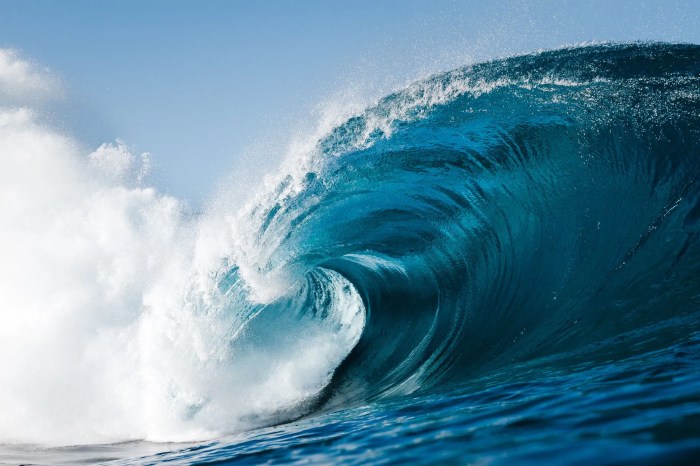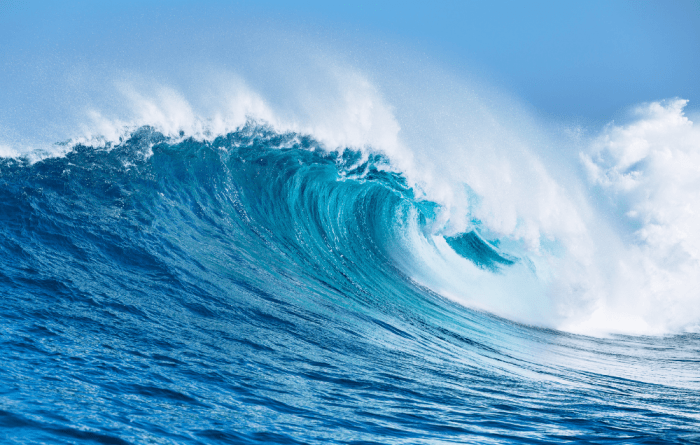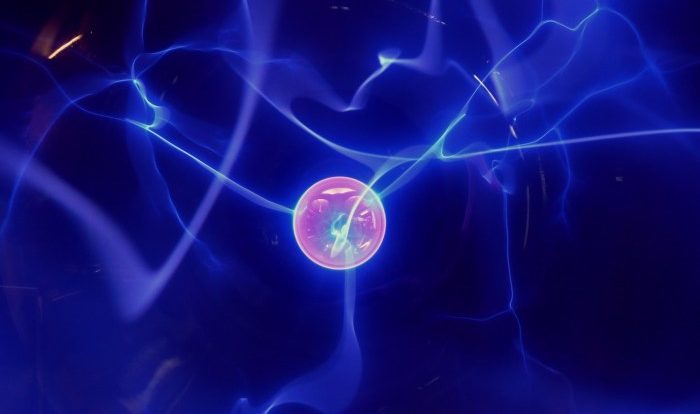Repeating disturbances that transfer energy through matter or space are ubiquitous phenomena in our universe, from the propagation of sound waves in air to the transmission of light waves through fiber optics. These disturbances play a crucial role in various physical processes and have numerous practical applications.
In this article, we will delve into the concept of repeating disturbances, explore different types of waves, and discuss the applications and limitations of energy transfer through these disturbances. We will also examine the principle of energy conservation and identify factors that affect energy transfer efficiency.
1. Energy Transfer through Matter and Space: Repeating Disturbances That Transfer Energy Through Matter Or Space

Repeating disturbances are regular oscillations or vibrations that carry energy through matter or space. They consist of alternating peaks and troughs that travel in a specific direction.
Examples of repeating disturbances include:
- Sound waves: Vibrations of air molecules that propagate sound.
- Water waves: Ripples or waves on the surface of water.
- Light waves: Electromagnetic disturbances that carry light and other forms of radiation.
Frequency and wavelength are two important characteristics of repeating disturbances. Frequency measures the number of oscillations per unit time, while wavelength measures the distance between two consecutive peaks or troughs.
2. Waves and Energy Propagation, Repeating disturbances that transfer energy through matter or space
Waves are a specific type of repeating disturbance that transfer energy through a medium. There are two main types of waves:
- Mechanical waves: Require a physical medium to propagate, such as sound waves in air or water waves in water.
- Electromagnetic waves: Do not require a physical medium and can travel through a vacuum, such as light waves and radio waves.
Waves propagate energy by transferring it from one particle to the next in the medium. The speed of a wave depends on the medium through which it is traveling and the properties of the wave itself.
3. Applications of Energy Transfer
Repeating disturbances are used in a wide range of practical applications, including:
- Communication: Sound waves are used for speech and music, while electromagnetic waves are used for radio, television, and mobile phones.
- Medical imaging: X-rays and MRI scans use electromagnetic waves to create images of the body’s interior.
- Transportation: Sound waves are used in sonar to detect underwater objects, while electromagnetic waves are used in radar to detect aircraft and other objects.
Each energy transfer method has its own advantages and limitations, depending on the specific application.
4. Energy Conservation and Transfer Efficiency
The principle of energy conservation states that energy cannot be created or destroyed, only transferred or transformed from one form to another.
When energy is transferred through repeating disturbances, some of the energy is inevitably lost to the surrounding environment. The efficiency of an energy transfer mechanism is the ratio of the energy transferred to the energy lost.
Factors that affect energy transfer efficiency include the distance over which the energy is transferred, the type of medium through which it is transferred, and the frequency and wavelength of the disturbance.
FAQs
What are repeating disturbances?
Repeating disturbances are regular oscillations or vibrations that propagate energy through a medium. They can be mechanical, such as sound waves, or electromagnetic, such as light waves.
How do repeating disturbances transfer energy?
Repeating disturbances transfer energy by causing the particles of the medium to oscillate, which in turn causes neighboring particles to oscillate. This creates a wave that propagates through the medium, carrying energy with it.
What is the difference between mechanical and electromagnetic waves?
Mechanical waves require a medium to propagate, while electromagnetic waves can travel through a vacuum. Mechanical waves involve the oscillation of matter, while electromagnetic waves are composed of oscillating electric and magnetic fields.



